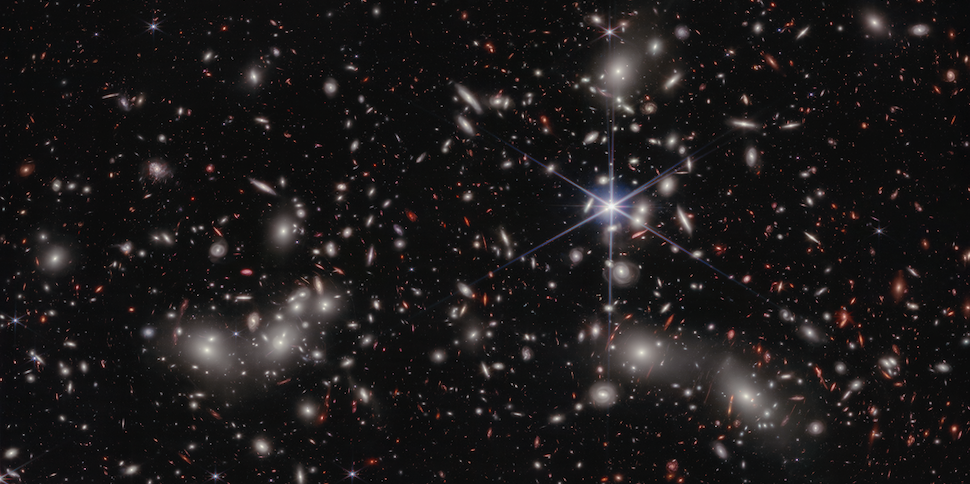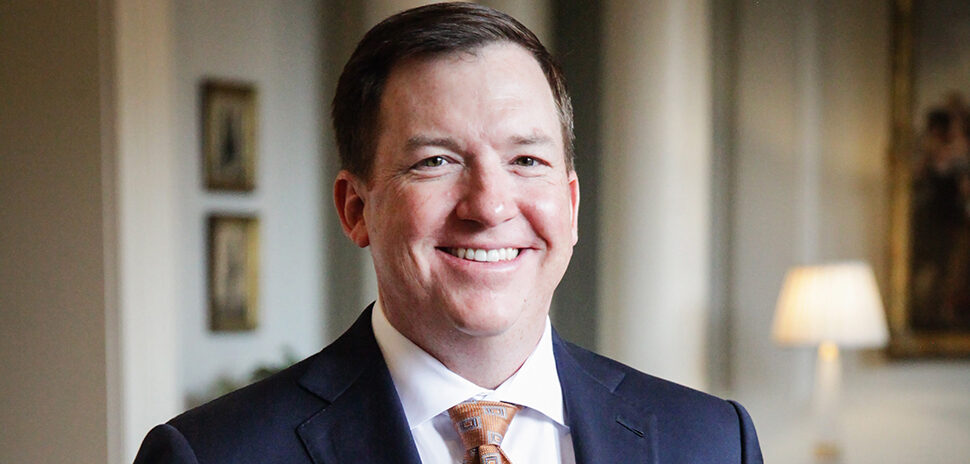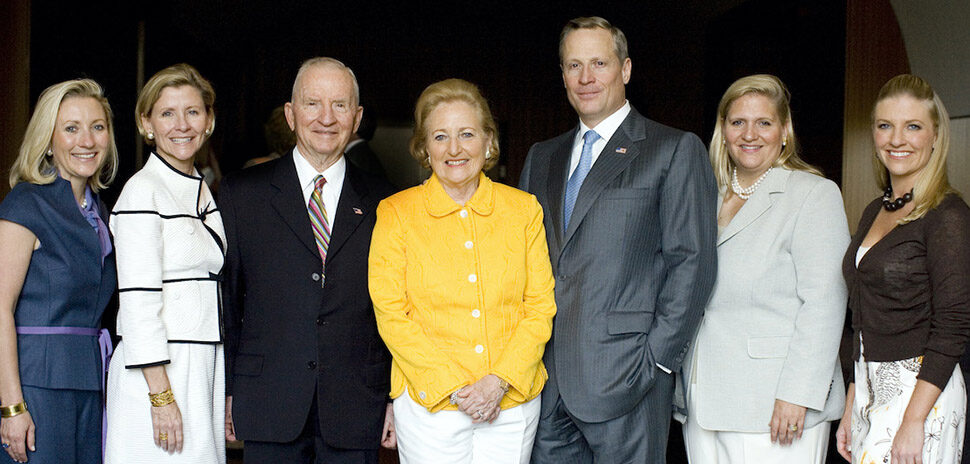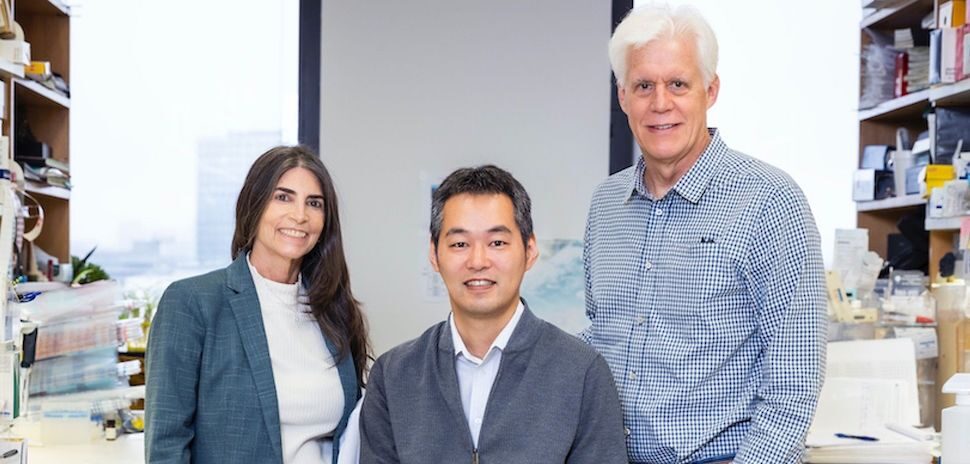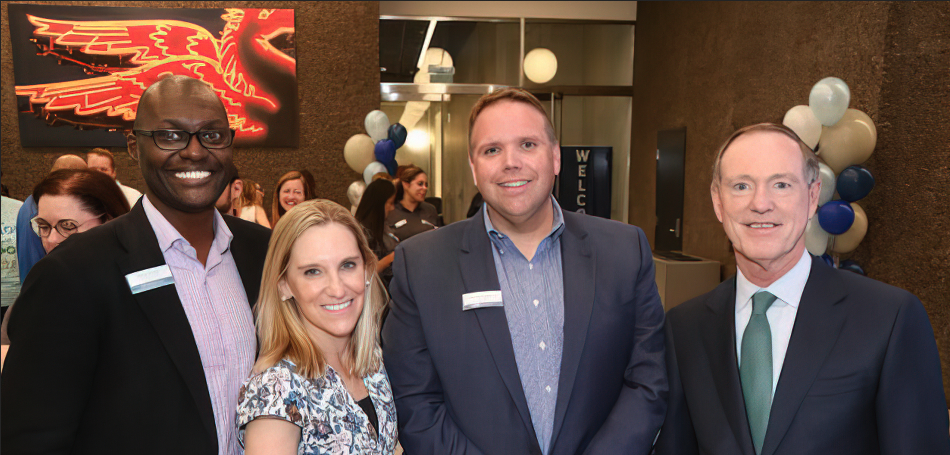SciArt Exchange—a nonprofit that ignites collaborations between scientists, artists, and technologists—is bringing what it calls “an unforgettable multisensory installation” to The Eisemann Center for Performing Arts in Richardson. “Sensing Deep Space: Pandora’s Cluster” will take people on an artistic journey to a galactic collision 4 billion light years away—with a little help from UT Dallas, an Australian composer and audiovisual artist, and others.
By combining scientific inquiry and artistic creativity, SciArt Exchange says it aims to foster a deeper understanding and appreciation of science through art and vice versa. The Houston-based nonprofit’s deep-space installation was supported by a $94,000 grant from The Eisemann Edge Initiative at Communities Foundation of Texas.
So what will people see and hear at The Eisemann? The installation will explore the characteristics, technologies, and scientific discoveries associated with the galaxy cluster and its beauty, offering “a distinct and captivating experience that sets it apart from other space-themed exhibitions.”
The “one-of-a-kind” experience promises to “unveil a marvel that transcends the realms of human capability.” Premiering on January 6 at The Eisemann Center for Performing Arts in Richardson, it will run through mid-February.
“We merge the realms of art and science, spark imagination, and enhance knowledge and appreciation for art and space exploration,” Dr. Jancy McPhee, SciArt Exchange’s founder and executive director, said in a statement. “Through multi-sensory experiences like ‘Sensing Deep Space,’ SciArt Exchange strives to make scientific concepts more accessible through a variety of art forms and senses, inspiring viewers to explore and appreciate the wonders of the universe.”
The Hubble and James Webb telescopes study it. Now you can experience it.
Astronomers have studied Pandora’s Cluster using the Hubble, Spitzer, Chandra, and James Webb space telescopes. Now this new experience aims to take audiences right into it via “an immersive and engaging experience.”
“’Sensing Deep Space’ aspires to attract and inspire a wide range of individuals, including space enthusiasts, scientists, artists, students, and the general public,” said McPhee. “This effort takes complex scientific data and makes it more accessible, and we hope it will spark curiosity and ignite a sense of wonder and connection, regardless of the viewer’s prior knowledge or background.”
The Eisemann Center is named in honor of Charles and Ann Eisemann, whose $2 million gift through the Eisemann Foundation Fund of The Communities Foundation of Texas helped fund the center’s construction before its 2002 opening.
“I’m passionate about supporting innovative ways to promote tech-based arts in the region,” Charles Eisemann said in a statement. “Sci-Art Exchange’s new exhibit will provide an opportunity for the public to engage in the arts, science, and technology education while learning about space in a unique and profound way.”
The contributors behind the installation
Australian composer and audiovisual artist Ben Heim is a driving force behind the deep space installation. Showcased at festivals like Splice, Tallinn Music Week, and Vivid Sydney. Heim is known for melding technology and art—from “real-time neural network sonification” to AI-driven live performance visuals for the London Contemporary Orchestra. Focusing on the intersection of sound and visual elements, “Heim pushes the boundaries of traditional art forms to create immersive experiences that captivate audiences,” SciArt Exchange says.
Other key contributors to “Sensing Deep Space: Pandora’s Cluster” include the SciArt Exchange team of Dr. McPhee, Ari Peralta, Josh Grossberg, and Katrin Ludwig; the Space Telescope Science Institute’s Dr. Carol Christian; UT Dallas’ Dr. Roger Malina and Dr. Lindsay King; Project Producer Alexander Rea; Project Communications Officer Bryant Maxwell; the Eisemann Center; the city of Richardson, and the University of Texas at Dallas.
For more information about “Sensing Deep Space: Pandora’s Cluster”, you can go here.
![]()
Get on the list.
Dallas Innovates, every day.
Sign up to keep your eye on what’s new and next in Dallas-Fort Worth, every day.










